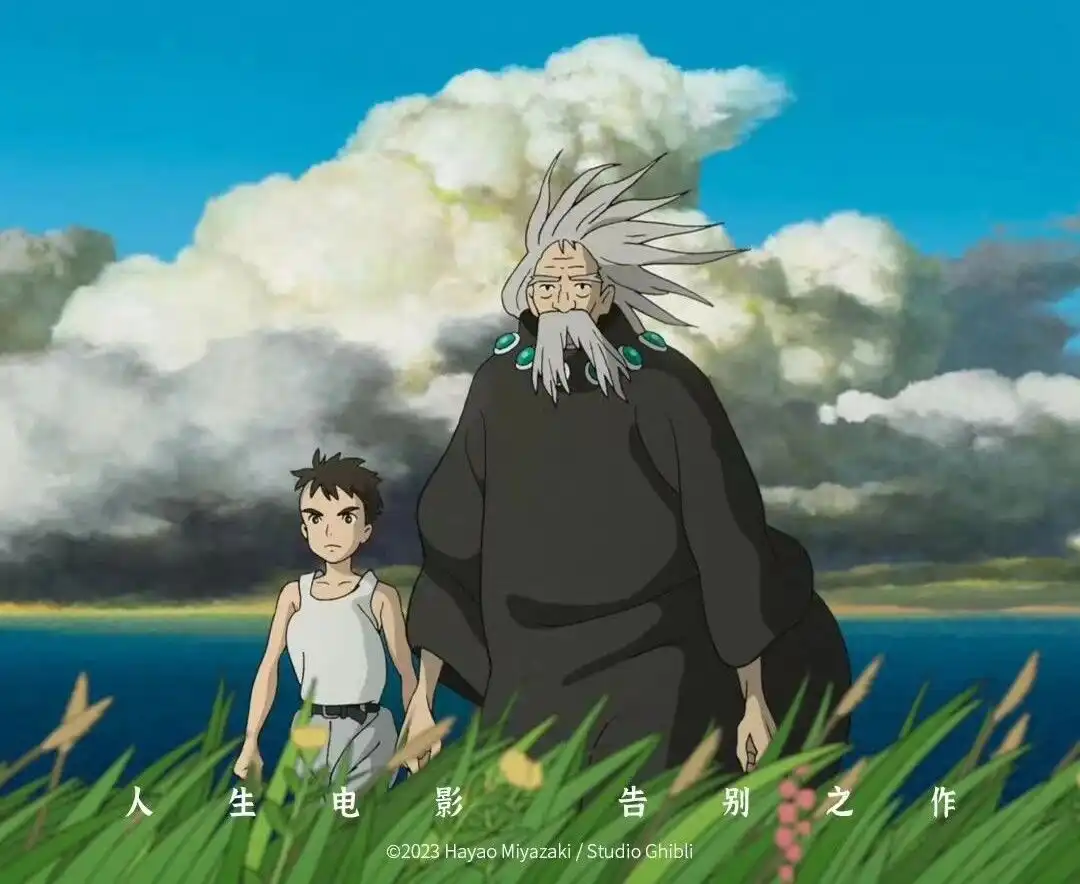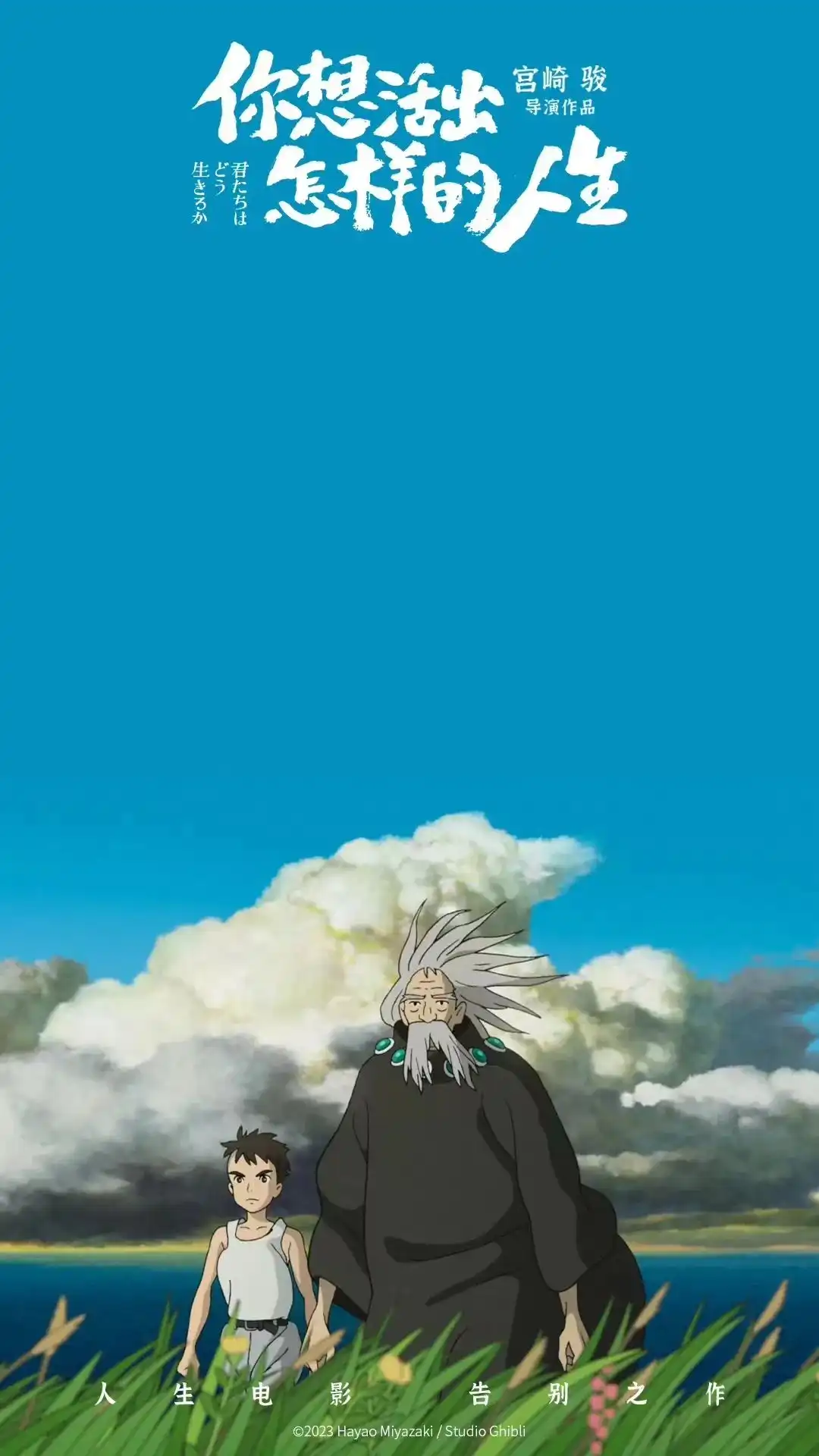The rise of national anime, Japanese anime is under pressure
2024.0409

Number of words in this article:2393, reading time is about 4 minutes
introduction:随着中国动画电影的进一步发展,也对日本动漫在中国的传播造成了一定的压力。
** Author| ** First Finance and Economics Release
Recently, Hayao Miyazaki's new film "What kind of life do you want to live" surpassed Japan's box office results in mainland China, and mainland China has become the world's largest ticket holder for this film. At the same time, this film is also the No. 1 box office work in the Qingming Festival this year. As of press time,"What kind of life do you want to live" has grossed 534 million yuan in mainland China.
In recent years, many Japanese anime films have achieved good box office sales in mainland China. Against the background of the slow development of local animation in mainland China, Japanese animation once filled the gap in the market. But with the further development of China's animation and film industry, will the advantages of Japanese animation gradually weaken?

Fill the gap in the previous animation films in mainland China
Since the 1980s and 1990s, with the popularization of television and cable TV networks in mainland China, a series of Japanese anime series have been popular in mainland China. In December 1980, CCTV introduced the first Japanese animated film "Astro Boy".
In terms of movies, 2023 's "Journey to Bell Ya" achieved a box office score of 800 million yuan, which is currently the best box office performance of Japanese anime films in mainland China. In addition,"Slam Dunk" earned 660 million yuan in box office. In 2019, the re-release Japanese animated film "Spirited Away" earned 488 million yuan at the box office. 2015,"Doraemon:Accompanying Me "also grossed more than 500 million yuan at the box office.
Talking about the spread of Japanese anime in the Chinese mainland market, Sun Jiashan, an associate researcher at the Central College of Culture and Tourism Management, told the First Financial Reporter that at least two generations of people have seen different Japanese anime series in more than 20 years, from "Astro Boy", to "Doraemon", and then to "Slam Dunk", which are almost common cultural experiences across the country and across regions. Later, with the popularization of the Internet, although Hayao Miyazaki's anime movies were not released in theaters, everyone could also see them on the Internet.
"In nearly 30 years, from traditional radio and television, cable television, and later the PC Internet, different Japanese anime series have laid the foundation of an audience for at least two generations. Moreover, compared with European and American anime anime, Japanese anime is relatively closer to Chinese audiences culturally, and it also fills the gap in animation films in mainland China. Moreover, this entertainment demand of Chinese audiences has always existed." Sun Jiashan analyzed.
Xiang Kai, a young Chinese playwright and director, believes that Japan's animation has developed earlier and the animation industry is relatively mature. Some animation films produced in Japan are loved by many audiences, not only children, but also many adult audiences. Some Japanese technologies are worth learning, while the animation industry in mainland China is still developing and has a huge audience.
The rise of Chinese-made animation, and future competition is still there
However, regarding the future development of Japanese animation films in the Chinese mainland market, some industry insiders believe that with the further development of Chinese animation films, this will also put certain pressure on the spread of Japanese animation in China.
Talking about the development process of animation films in mainland China, Sun Jiashan believes that the "spirit" of Chinese animation films has finally been found back. In the more than ten years since "The Lotus Lantern" in the late 1990s, there have been no anime films and dramas of the same quality in mainland China. It was not until the emergence of "Nezha The Devil Boy Came into the World" and "Chang 'an Thirty Thousand Miles" that Chinese animation regained its publicity.
First Financial Reporter noticed that China has actually always attached importance to investment in the animation industry. On August 13, 2008, the Ministry of Culture issued the "Several Opinions on Supporting the Development of China's Animation Industry." In 2021, the China Young Animation Directors Support Plan Forum will be held in Shanghai.
"It is also true that the creators of Japanese animation films have been weak over the years. They are still enjoying the dividends from the 1980s and 1990s to the beginning of the new century. However, mainland China has been able to create complete animation products, and the mainland China market is now very receptive to mainstream cultural values such as China's excellent traditional culture, so it will be difficult for Japanese works to continue to 'break the circle' in the future." Sun Jiashan said.
**
